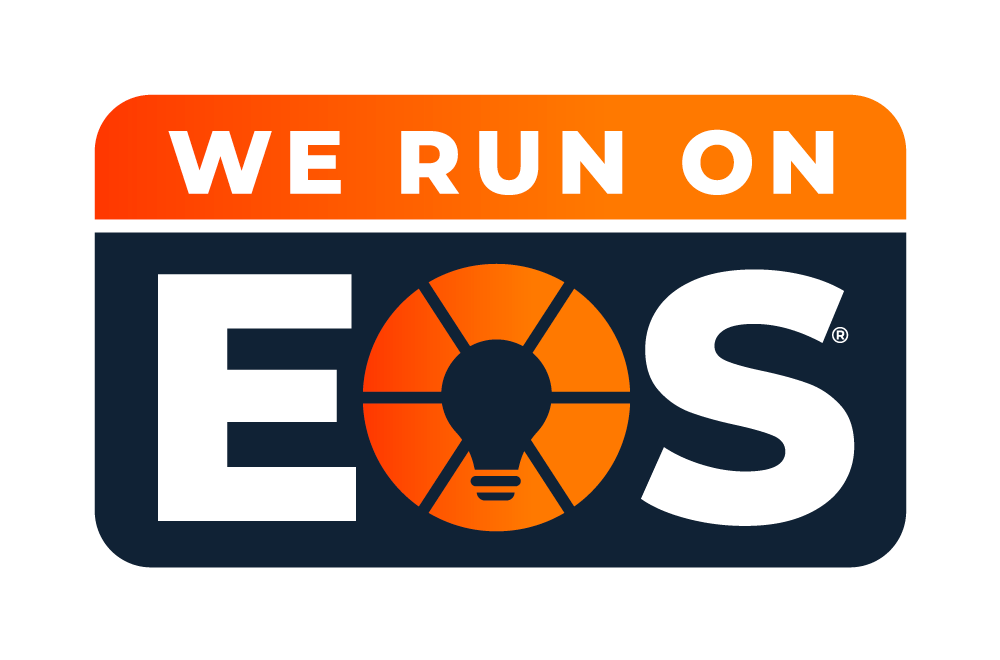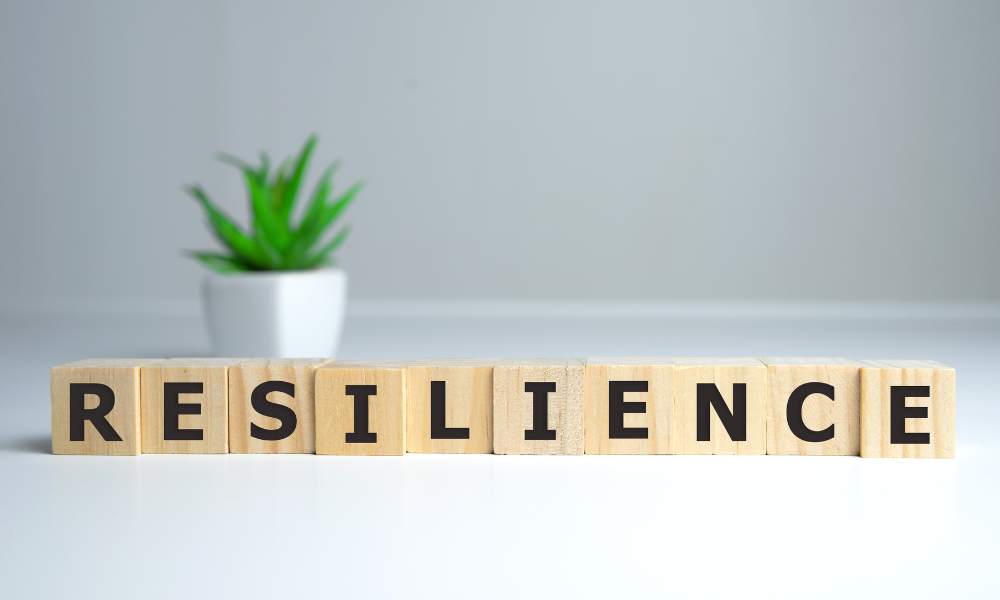Recently I was chatting to someone about a session I was planning on Resilience, and then came an unmistakable eye roll along with a clear message, ‘urgh, whenever a manager at work says we need to be more resilient, we just feel like we are being told to stop complaining and get on with it’
This was certainly not my intention, so it made me think about what Resilience means in the context of the challenges and opportunities we are facing right now.
What do we mean by Resilience?
I have heard Resilience referred to as the ability to jump back into shape after a challenge or when something hasn’t gone to plan, a bit like a rubber band. I must admit, I prefer the analogy of a rubber ball, where we learn from the challenge and bounce back higher than before.
Just think about the challenges we have faced over the last couple of years. As normality returns, do we want to simply go back to the way we used to do things, or can we use the opportunity to ask what is no longer working for us and the new things that are?
It starts at the top.
Whilst we all have our own responsibilities when it comes to Resilience, it has to be something that is supported from the top of our organisations. Supporting Resilience has to be about identifying and stopping processes that damage our success. We have to consider the long term sustainability of our performance, not just quick wins. Just consider Aesop’s fable of the couple that killed the Goose that laid the Golden eggs to collect the Gold that was inside. Our organisations will have limited long term success if our people are burned out. As leaders, we have to be conscious of modelling the right way; if we choose to burn the midnight oil, that is one thing, but making certain behaviours visible to our colleagues may begin to set unrealistic expectations.
The power of bringing our whole selves to work.
Over the last two years, we have gained greater insight into our colleagues’ lives. Through video calls, we have seen each other out of the corporate context. The clutter, kids, pets and casual clothing have given a fuller picture of who are colleagues and leaders are as people. While this can help things feel more human at a team level. It can also feed into the organisation as a whole. Forbes said ‘it’s important employers now see their workforce as ‘whole people’ and not just their work-self.’
The results of doing this cannot be ignored. Employers who embrace a whole employee approach see a 23% improvement in physical health, a 17% improvement in mental health, and a 21% increase in the number of high performers.
Through our work with Insights on self-awareness, we are huge believers in bringing your whole self to work. If that is one way to build Resilience in your people, then we are in full support.
Doing things a little different…
The changes we have seen have required a gear change, and we have had to adjust too. As a leader, you may have needed to adjust your communication style. If we look at it through the lens of the Colour Energies, perhaps you have had to dial-up your Sunshine Yellow energy to keep your team motivated. Maybe you have needed to use more Cool Blue to use an evidence-based approach to handle changing budgets. Have you needed to tap into your Fiery Red energy to keep things moving forward? Or was it upping the Earth Green to show understanding for your colleagues through unfamiliar times.
We have all shown Resilience over the last few years, and we can learn to become more resilient. We need to remember that we all respond differently to change and need to know our own personal resilience strategies that work for us.
If you want to discuss how self-awareness can help you build and maintain resilient teams, let’s grab a coffee.

